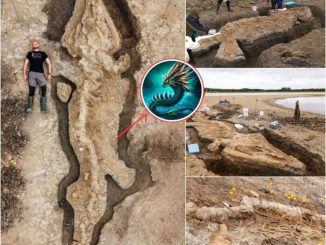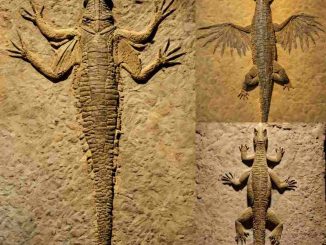Archaeology has always been a portal to the past, unlocking stories and mysteries buried beneath layers of time. Among the myriad discoveries that have captured our imagination, few are as captivating as the Sânnicolau Mare Treasure, unearthed on July 3, 1799, by a Serbian farmer in the quaint town of Sânnicolau Mare, Romania. This treasure trove, comprising 23 exquisite objects crafted from gold, weighing a staggering 9.945 kilograms, offers a fascinating glimpse into the ancient civilizations that once thrived in the region.

A Diverse Tapestry of Artifacts
The Sânnicolau Mare Treasure is a veritable cornucopia of ancient artistry, boasting a rich assortment of items that span different periods and geographical origins. Among its treasures are seven grand cups, a plate, four bowls, three zoomorphic cups, two flat pots, a drinking horn, and a soup bowl. Each piece is meticulously crafted, bearing witness to the skilled hands of artisans long gone.
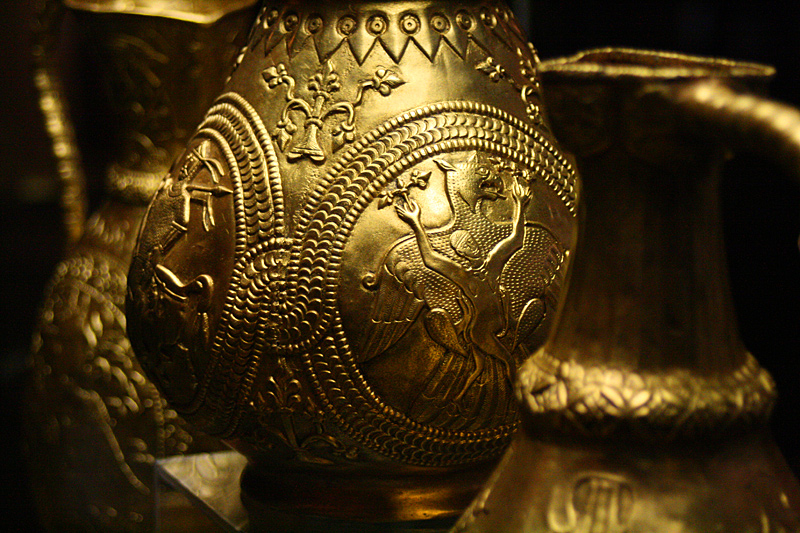
Intriguing Cultural Connections
What sets this treasure apart is not just its aesthetic beauty but also the myriad cultural influences it encapsulates. Greek inscriptions adorn some of the artifacts, while others bear the mark of Persian, Thracian, and Geto-Dacian inspiration. It’s a testament to the vibrant tapestry of cultures that once intermingled in this region, leaving an indelible mark on its artistic legacy.
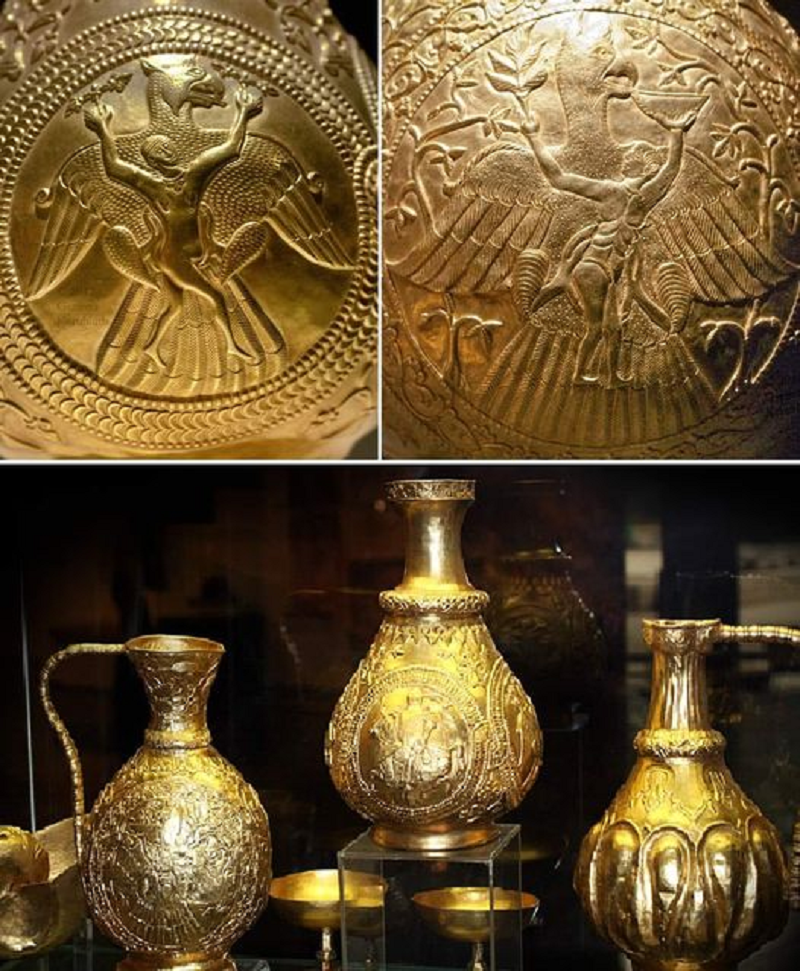
Mythology Unveiled
One of the most captivating aspects of the Sânnicolau Mare Treasure is the depiction of mythological figures, notably the Geto-Dacian Goddess Bendis and her twin brother Apollo. In the artifacts, Bendis is portrayed dancing while pregnant, emphasizing the celebration of fertility and childbirth. This portrayal aligns with the broader mythological narrative surrounding Bendis, who was later equated with Artemis and Diana by the Greeks and Romans. The image also depicts Bendis offering sceptres to a griffin-like creature, symbolizing the fusion of Geto-Dacian religious beliefs with influences from Egyptian deities.
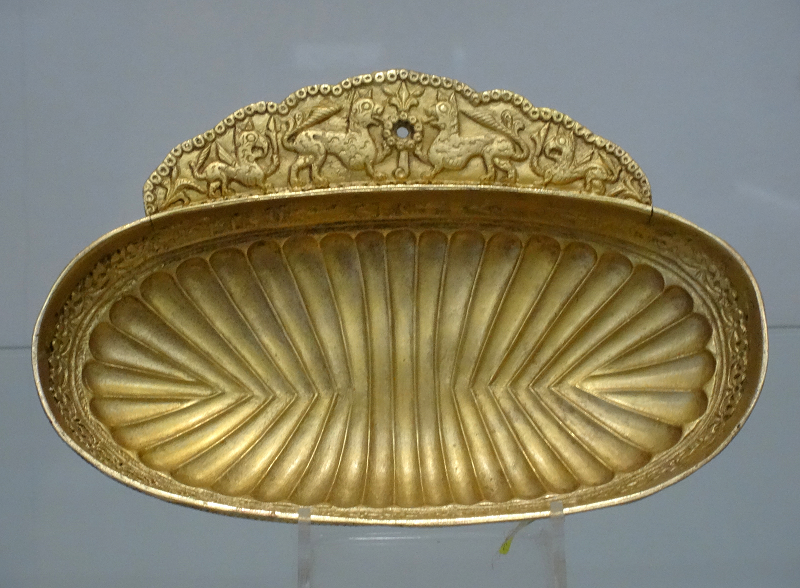
Apollo, on the other hand, is depicted with developed abdominal muscles and a broad chest, symbolizing strength and vitality. His contribution to the fertility dance is depicted through offerings of an olive branch and a cup to the griffin, further underscoring the interconnectedness of mythological motifs across cultures.
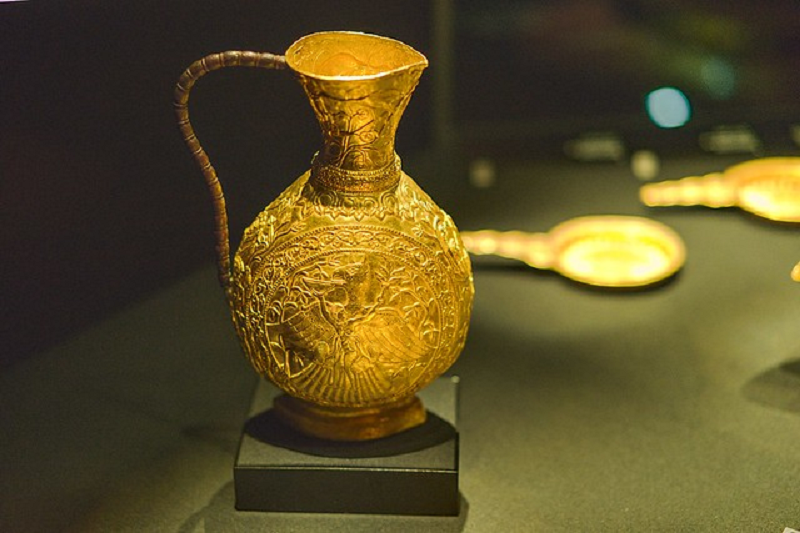
Cultural Significance
The significance of Bendis extends beyond mere mythological reverence. In Athens, she gained popularity during the Bendideia festival, a celebration that provided the dramatic backdrop for Plato’s Republic. This underscores the enduring influence of ancient deities on philosophical thought and cultural practices, highlighting the interconnectedness of religion, art, and society in the ancient world.

The discovery of the Sânnicolau Mare Treasure serves as a poignant reminder of the rich tapestry of human civilization that has unfolded over millennia. Through its intricate artifacts and mythical depictions, we gain insight into the beliefs, customs, and artistic achievements of ancient cultures that once thrived in this region. As we continue to unravel the mysteries of the past, treasures like these remind us of the enduring power of human creativity and the timeless allure of archaeological discovery.
